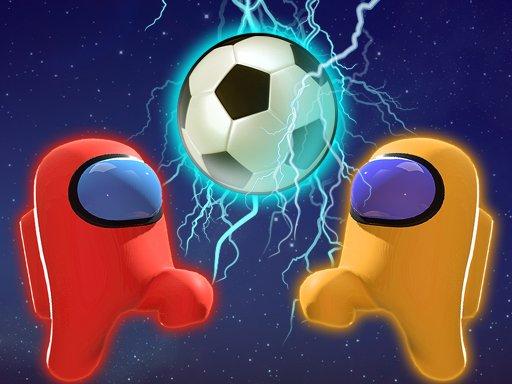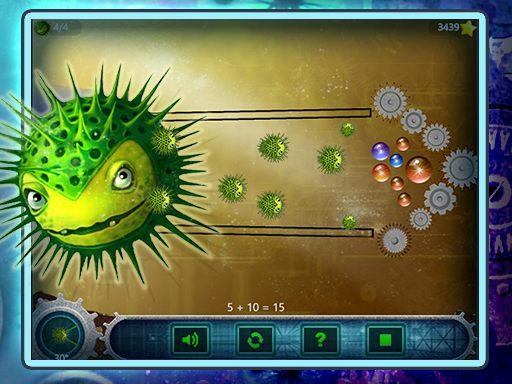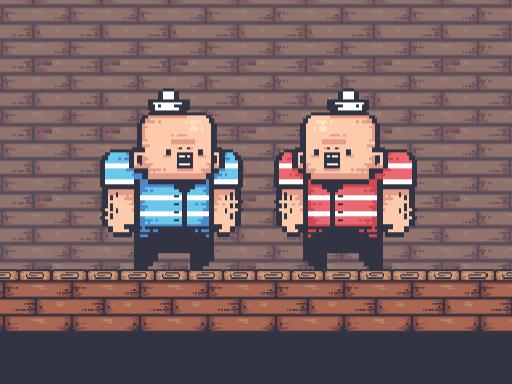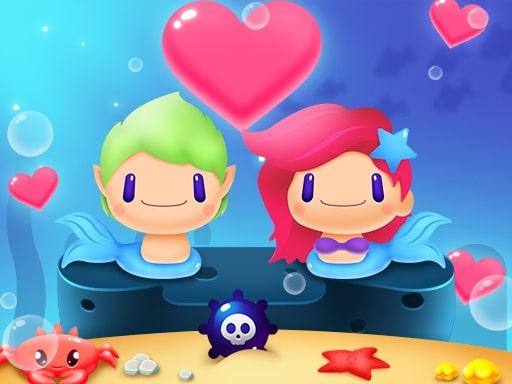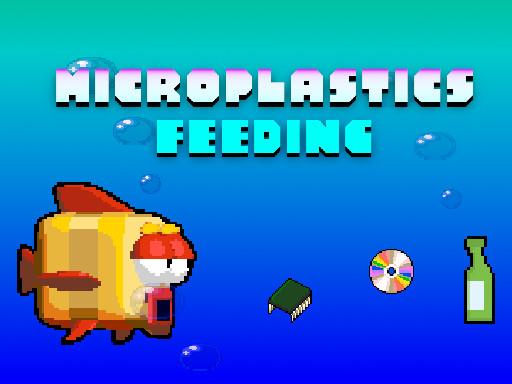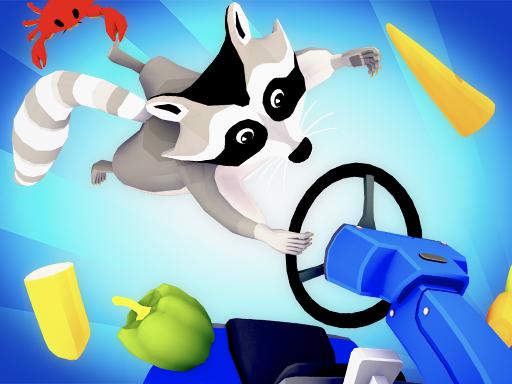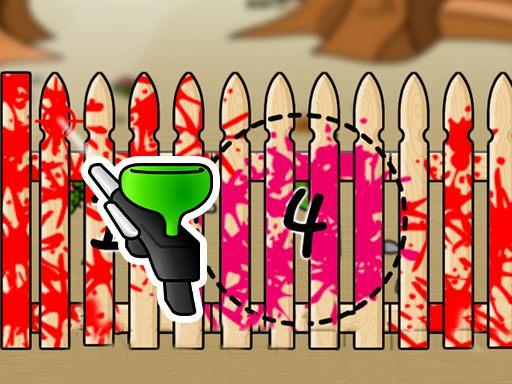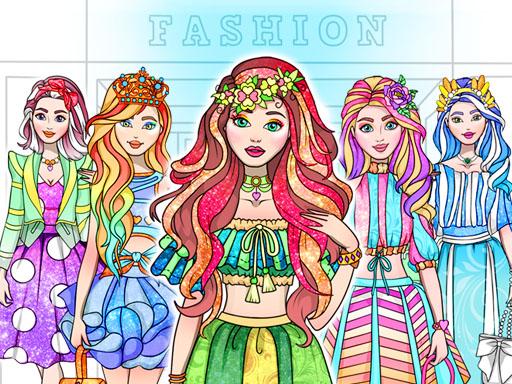New Games
Microplastics Feeding
Introduction to Microplastics Feeding and Its Impact
Microplastics are tiny plastic particles, usually smaller than 5 millimeters in diameter, that have become a growing concern for both the environment and human health. These particles are often the result of larger plastic items breaking down over time due to weathering, friction, and other environmental factors. While microplastics are known to be found in oceans, rivers, and landfills, their presence in the food chain, especially through the consumption of marine life, has raised significant concerns.
“Microplastics feeding” refers to the process through which marine organisms, such as fish, shellfish, and plankton, ingest microplastic particles either by mistake or as part of their natural feeding process. This phenomenon has far-reaching consequences for the ecosystem, food security, and even human health. In this article, we will explore the sources of microplastics, how marine life feeds on them, and the potential impact on both animals and humans.
What Are Microplastics?
Microplastics are small plastic particles that come from the degradation of larger plastic objects such as bottles, bags, and packaging. They can also originate from synthetic fibers released during the washing of clothes, and the breakdown of plastic-based paints and coatings. Microplastics are typically divided into two categories:
- Primary Microplastics: These are small particles intentionally manufactured at a microscopic size, such as microbeads found in cosmetics, cleaning products, and personal care items.
- Secondary Microplastics: These result from the degradation of larger plastic items like bottles, plastic bags, and packaging that have been exposed to environmental elements such as sunlight and water.
Microplastics are incredibly durable and do not biodegrade, making them persistent pollutants in the environment. They can be found in oceans, freshwater systems, soil, and even in the air, which contributes to their widespread distribution.
How Do Microplastics End Up in the Food Chain?
Marine organisms are known to ingest microplastics through a process called “feeding,” where they mistake these particles for food. Plankton, small fish, and shellfish are especially vulnerable because they feed by filtering water or ingesting small particles. As these organisms consume microplastics, they inadvertently introduce them into the food chain, which then has the potential to affect larger species, including those consumed by humans.
Here are the main ways in which microplastics enter the food chain:
- Ingestion by Plankton: Plankton, which are tiny organisms that float in the water, are often the first to encounter microplastics. They consume a wide variety of particles, including organic material and plastic fragments. When plankton ingest microplastics, they become carriers of these pollutants, passing them on to larger marine species that feed on them.
- Fish and Shellfish Consumption: Small fish and shellfish, such as oysters, mussels, and shrimp, also ingest microplastics either through filtering or by consuming plankton that contain microplastics. These marine creatures are important sources of protein for humans, which means microplastics can end up on our plates as well.
- Predatory Species: Larger marine animals, including bigger fish, seals, and whales, are known to consume smaller fish and invertebrates, which may have ingested microplastics. As a result, these larger creatures can accumulate microplastics in their bodies, leading to bioaccumulation of these harmful substances.
- Contamination of Seafood: As microplastics make their way through the food chain, they ultimately end up in seafood products that humans consume, such as fish fillets, crabs, and mollusks. Ingestion of these contaminated foods can result in human exposure to microplastics.
The Impact of Microplastics on Marine Life
The ingestion of microplastics can have detrimental effects on marine life. Some of the potential impacts include:
- Physical Harm: When marine organisms consume microplastics, the particles can accumulate in their digestive systems, causing blockages, injury to internal organs, or even death. For example, fish that ingest plastic debris can suffer from intestinal damage, which may impair their ability to digest food properly.
- Toxicity: Many microplastics contain harmful chemicals, such as pesticides, heavy metals, and plastic additives, which can leach into the environment. These toxins can be absorbed by marine animals when they consume microplastics, potentially leading to poisoning and other health issues.
- Reduced Feeding and Growth: Microplastic ingestion can affect the feeding behavior and growth rates of marine organisms. Some species may experience reduced feeding efficiency or suffer from nutrient deficiencies as a result of consuming non-nutritive microplastic particles.
- Reproductive Problems: There is growing evidence that microplastics may disrupt reproductive health in marine species. Chemicals absorbed by microplastics can interfere with the endocrine system of marine animals, affecting their ability to reproduce and maintain healthy populations.
Potential Impact on Human Health
As microplastics enter the food chain, humans are exposed to these particles through seafood consumption. While the exact health effects on humans are still being studied, there are several potential risks associated with microplastic ingestion:
- Chemical Exposure: Microplastics often carry toxic chemicals like BPA (bisphenol A), phthalates, and other plastic additives, which may leach into the human body when consumed. These chemicals have been linked to a variety of health problems, including hormone disruption, reproductive issues, and cancer.
- Accumulation in the Body: Although the body is likely to expel many of the ingested microplastics, some particles may accumulate in tissues over time. The long-term effects of this accumulation on human health are still unknown but could have serious implications.
- Potential for Other Contaminants: Microplastics in seafood may also contain harmful substances, such as heavy metals, pesticides, and persistent organic pollutants (POPs), which can accumulate in marine organisms. When humans consume contaminated seafood, they may be exposed to these hazardous substances as well.
- Increased Risk for Vulnerable Populations: Pregnant women, children, and those with weakened immune systems may be at higher risk of adverse effects from microplastic exposure due to the potential for toxins to affect development and overall health.
Solutions and Mitigation Efforts
Efforts to reduce microplastic contamination focus on both prevention and removal strategies. Some of the key measures include:
- Reducing Plastic Use: One of the most effective ways to combat microplastic pollution is to reduce the production and consumption of single-use plastics, such as bottles, bags, and packaging materials. Encouraging the use of biodegradable or reusable alternatives can help reduce the amount of plastic entering the environment.
- Improving Waste Management: Better waste management systems can prevent plastic waste from entering the oceans and waterways. Proper disposal, recycling, and waste treatment systems are essential in reducing the release of plastic debris into the environment.
- Ocean Cleanup Projects: Organizations and governments are working to clean up plastic waste from the oceans. Large-scale cleanup efforts and technologies, such as floating barriers and ocean cleanup vessels, aim to remove plastic debris before it breaks down into microplastics.
- Public Awareness and Education: Raising awareness about the dangers of plastic pollution and microplastic feeding is crucial. Educating consumers about the impact of their actions, such as reducing plastic waste and supporting sustainable seafood practices, can help reduce microplastic contamination.
- Research and Regulation: Continued research into the effects of microplastics on both marine life and human health is necessary to better understand the risks involved. Additionally, governments may need to implement stricter regulations on plastic production, waste management, and seafood safety standards.
Conclusion
Microplastics feeding is a growing concern, affecting marine ecosystems, wildlife, and even human health. As microplastics accumulate in the food chain, they pose risks to both the environment and public health. While efforts to reduce plastic pollution and increase awareness are underway, much more needs to be done to protect marine life and reduce our exposure to these harmful particles. By making conscious efforts to reduce plastic waste, support clean-up initiatives, and improve waste management, we can help mitigate the impact of microplastics and safeguard the health of our oceans and the food we consume.
Instructions
Game controls:
Touch click or press psacebar to change direction
 Home
Home Popular Games
Popular Games Categories
Categories